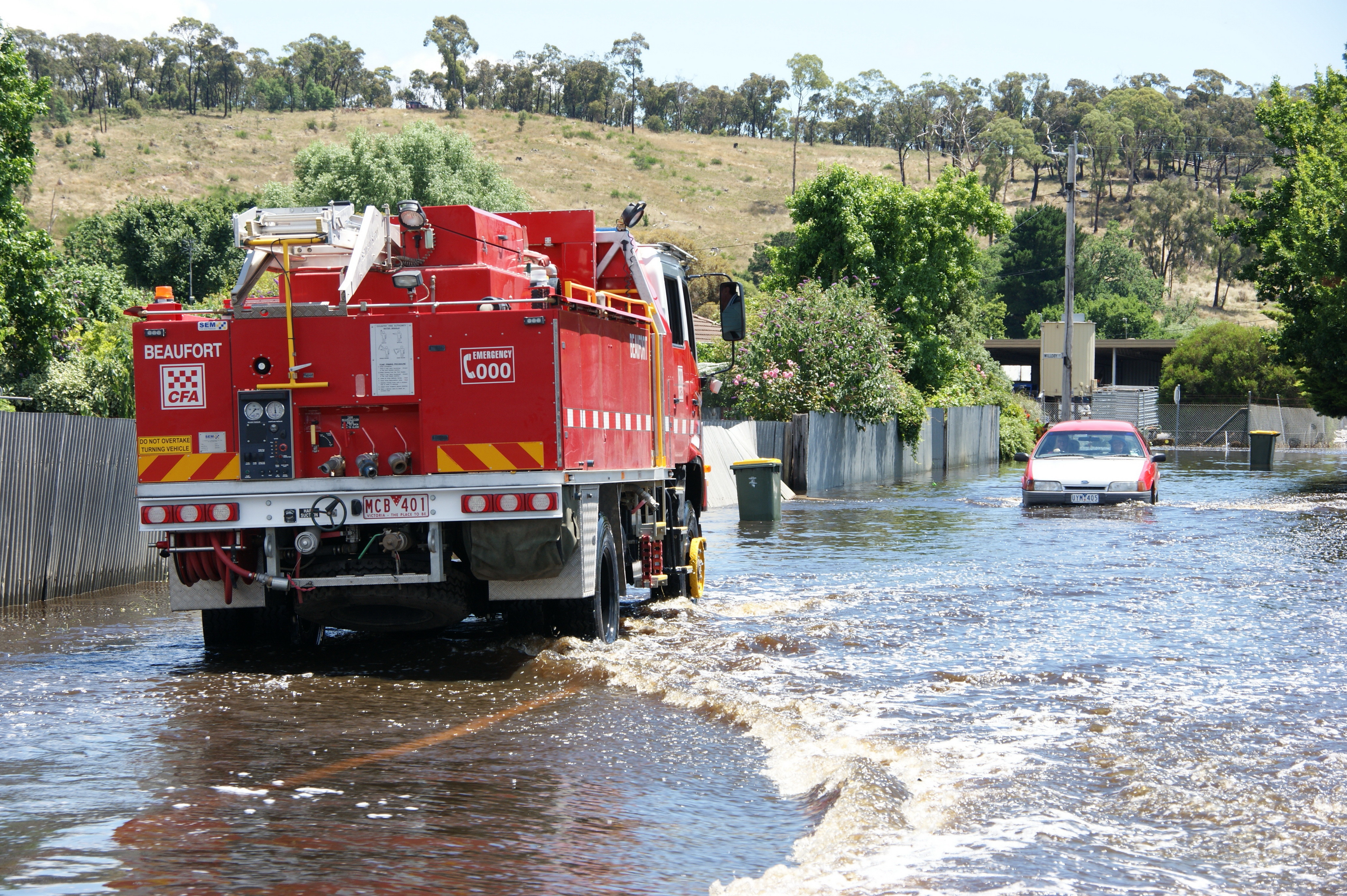Case study Developing scalable flood vulnerability models to better understand flood risk to communities
How Geoscience Australia is using a methodology of generalisation to help floodplain managers better understand the flood risk their communities face.
Page last updated:19 May 2022

The problem
Limited access to quality, nationally consistent flood vulnerability data
From a cost perspective, flooding causes more damage on average each year in Australia than any other natural hazard. Reducing the vulnerability of Australian residential and commercial buildings to flooding is therefore critical to reducing community impact from natural hazards.
Over many years, Geoscience Australia has developed a suite of flood vulnerability functions that cover a broad range of building types, including residential, commercial, industrial and community properties. To effectively understand flood risk, vulnerability functions require detailed building information, such as floor heights, to be correctly attributed and applied.
Although accurate modelling of flood risk and an understanding of options for mitigating flood vulnerability are tools to improving flood outcomes, the quality and consistency of existing built environment information was often unreliable. The prevalent system used individual building assessments to develop detailed exposure information that was both time-consuming and expensive. It was clear that a more cost-effective solution was required – one that was nationally consistent, used scalable or 'generalised’ flood vulnerability models and categorised buildings based on their use, suburb age and community type.
The solution
Creating cost-effective, generalised flood vulnerability models
Over 18 months, we worked with the Bushfire and Natural Hazards Collaborative Research Centre (BNHCRC), the National Flood Risk Reference Group (NFRAG), the Australian Institute for Disaster Resilience (AIDR) and industry to develop a methodology which converted the detailed vulnerability information of previous flood vulnerability research projects into a simpler form.
Geoscience Australia works with state and local governments and the emergency management industry sector across Australia to develop local hazard assessments. For more information, contact hazards@ga.gov.au
How we got there
Development of the new methodology involved
- drawing upon research from the 2021 Cost-Effective Mitigation Strategy Development for Flood-Prone Buildings project, which explored investment in reducing the vulnerability of five common residential properties to riverine flooding through structural mitigation strategies.
- creating generalised flood curves for Launceston (TAS), Murwillumbah (NSW), Tweed Heads (NSW) and Wagga Wagga (NSW)
- testing resolution options in a series of case studies and comparing asset-specific vulnerability assessments against more generalised methods
- trialling the new system using Australian Bureau of Statistics Statistical Areas Level 1 (SA1) as the geographical area for curve aggregation, and adopting the use of Land Use Planning Zones.
The new methodology using scalable generalised curves allows floodplain and flood risk managers to make informed decisions about flood risk.
Graphic generated from the scalable flood model study showing Murwillumbah Land use planning overlay
Looking forward
Helping floodplain managers better prepare for potential flood impact and building risk
Now that the need for detailed exposure information has been removed, Geoscience Australia’s flood damage models are central to future national-scale flood impact modelling.
Our flood models are:
- allowing consistent comparisons to be made across jurisdictions where exposure information may be inconsistent, benefitting emergency sector decision makers when comparing flood impact and risk.
- being available for use by floodplain managers, flood consultants, impact modellers and state emergency service managers who don’t have immediate access to detailed building exposure information to better assess the potential for flood impact and prepare for future flood events.
- improving knowledge and understanding of flood impact across a broad range of building types in the community.
- supporting the objectives of the Australian Institute for Disaster Resilience (AIDR) Handbook 7 – Managing the Floodplain: A Guide to Best Practice in Flood Risk Management in Australia.
How you can strengthen your flood resilience with Geoscience Australia
Use our resources to gain a better understanding of the flood risk in your state, region or sector, so you can develop targeted and effective risk mitigation and risk reduction strategies.
Our flood modelling resources can help describe your flood hazard profile so you can make better-informed natural hazard decisions.
Email hazards@ga.gov.au











